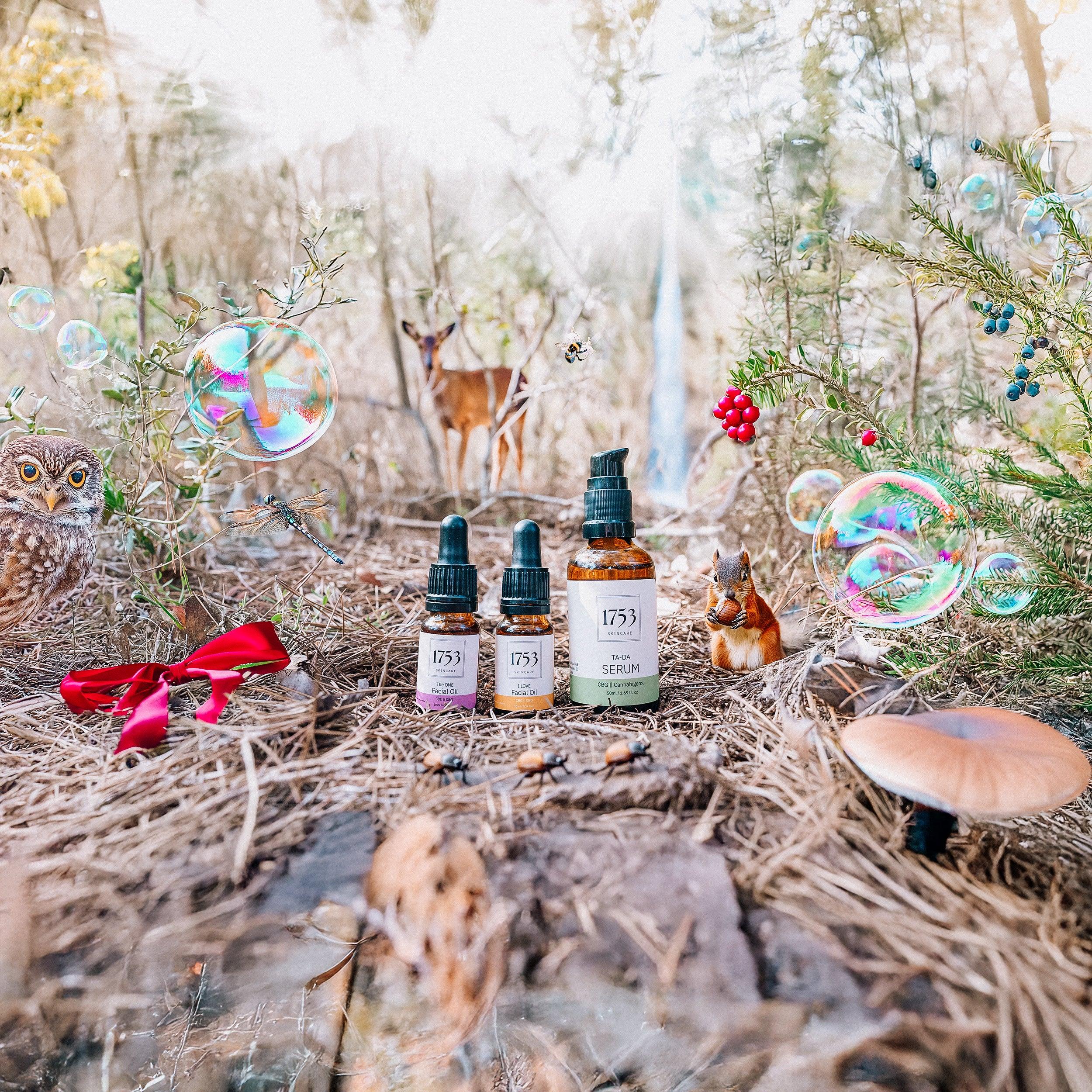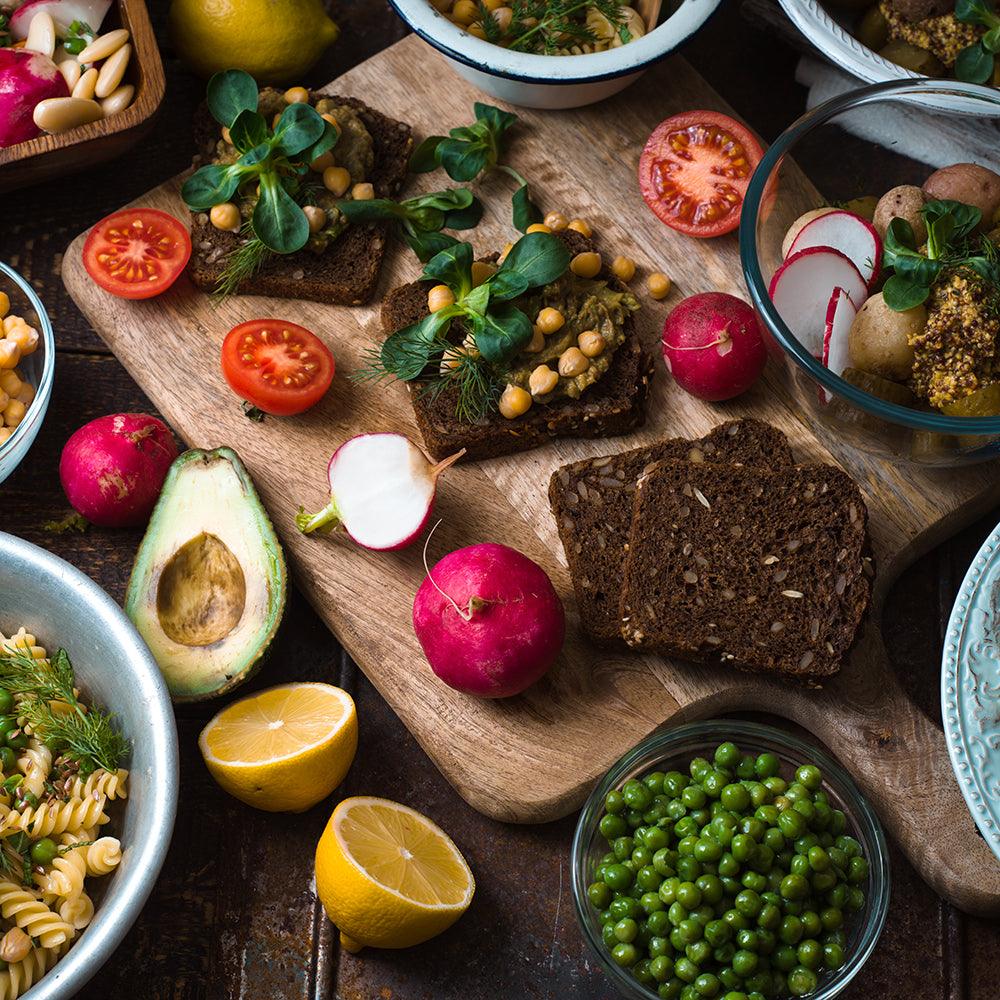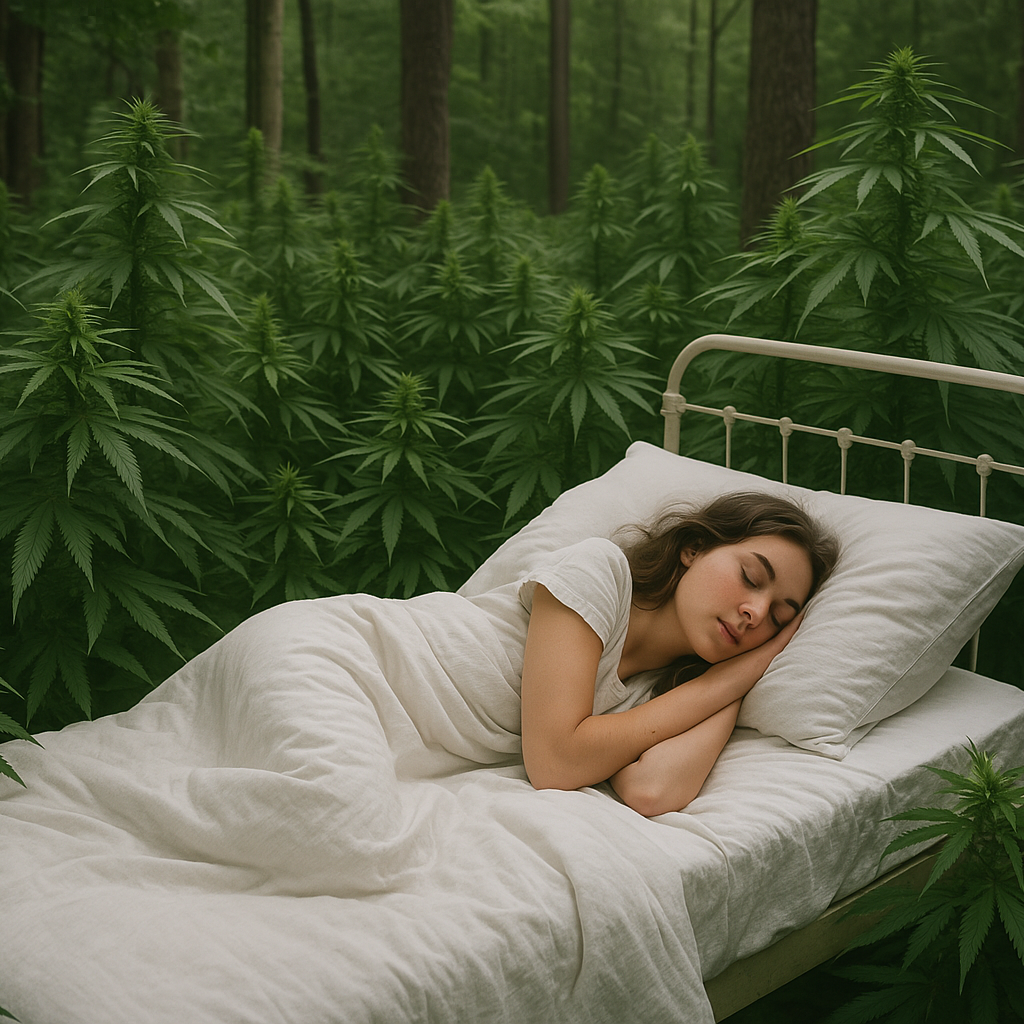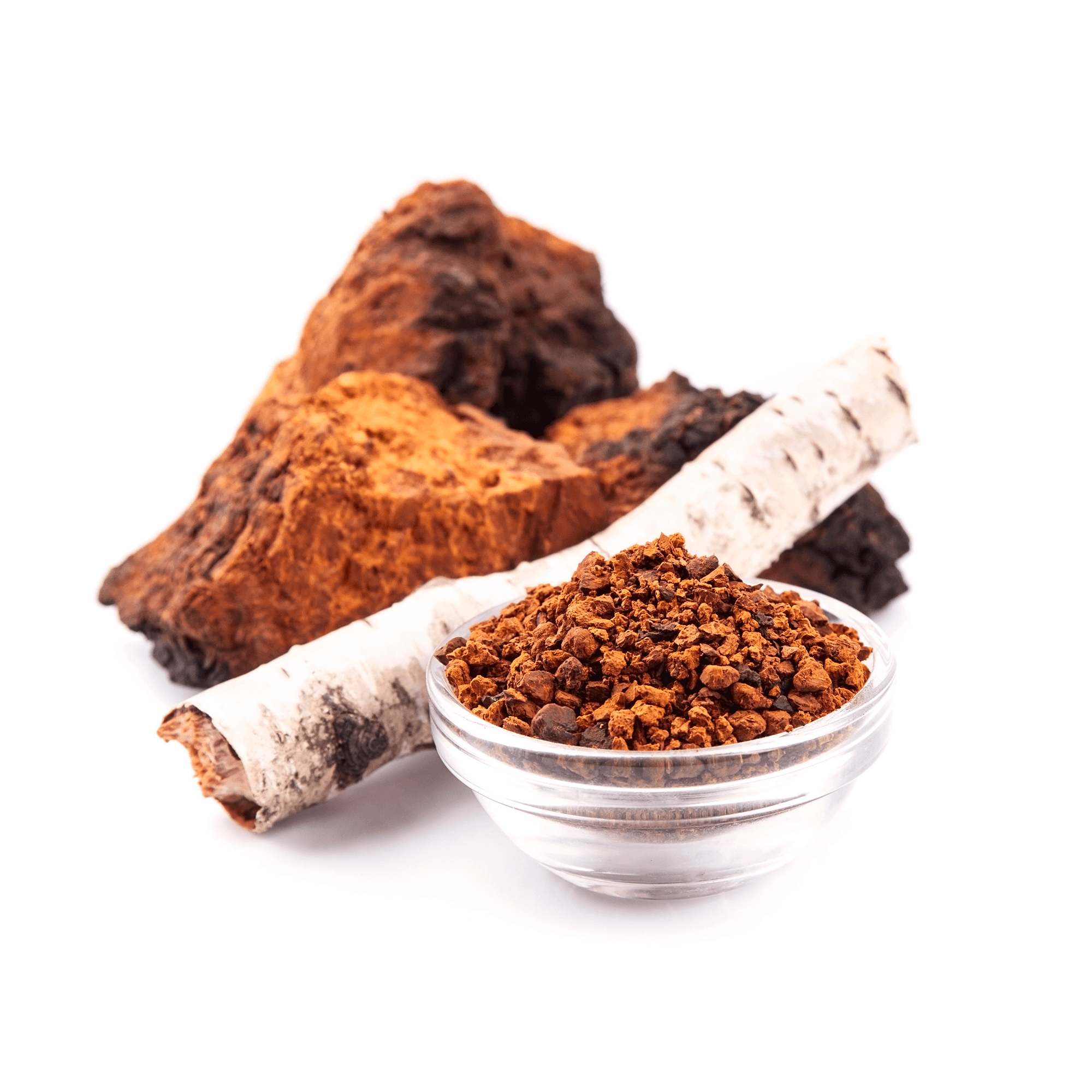Perfect Skincare routine 2025

What Is the Perfect Skincare Routine?
This is a question that many people ask themselves. Whether you're a curious "skincare enthusiast" or dealing with skin issues, this question is highly relevant. To answer it, we first need to address another question: "Why is our skin the way it is?"
In short, our skin has evolved over 1.9 million years of evolution. For the first 1.899 million years, we lived as hunter-gatherers. We were nomads, spending the vast majority of our time outdoors. Our skin adapted to this lifestyle—a life as hunter-gatherers.
After 1.899 million years, some humans abandoned the hunter-gatherer lifestyle to become farmers. They stopped moving around and settled in one place. This new lifestyle was far from the life we lived as hunter-gatherers. After another 8,000 years as farmers, we became increasingly "urban." We began living a more modern lifestyle, drifting even further from the hunter-gatherer way of life.
While there are numerous advantages to our modern lifestyle, there are also many downsides. One challenge is that our skin is built for a hunter-gatherer lifestyle, while we now live entirely differently. You can read more about this in this post—click here!
The crux of the matter is that our human skin is designed for a hunter-gatherer lifestyle, which means the best skincare routine in the world would be to return to this life—one as a nomad, a "traditional human."
However, the dilemma and the truth is that very few people want to make this rather radical lifestyle change to optimize their skin health.
So, what is the second-best skincare routine in the world? According to us, it involves a skincare regimen that supports the natural functions that the skin has lost due to our changed lifestyle. The skin is a puzzle made up of various parts: microbes (bacteria, viruses, fungi, protists, archaea), skin cells, and signaling systems. All these parts affect each other, and if there is an imbalance in one piece of the puzzle, it will impact all the others.
To give a clear example:
- The body produces oils (also called sebum) through sebaceous glands and releases this oil onto the skin.
- Sebum serves as food for the skin's microbes, maintaining a healthy microbial diversity.
- A healthy microbial diversity ensures that skin cells thrive.
- When skin cells are healthy, the skin’s own production of hyaluronic acid, lactic acid, AMPs (anti-microbial peptides that protect the skin from inflammation), and tight junctions increases.
- When we have more hydrated skin with a strong defense against inflammation, the microbial diversity also thrives.
- A diverse microbiome leads to better overall skin function.
If we use a specific skincare ingredient to try to influence skin cells, for instance, to speed up their renewal process, this may lead to healthy skin in the short term (due to new healthy skin cells). The dilemma is that this "doped" accelerated renewal process can have unwanted effects on the other pieces of the skin puzzle. Although the short-term effects might be good, the long-term consequences are often devastating.
So, how can we complete the skin puzzle without damaging the pieces for short-term gain?
The answer lies in a complex and highly controversial signaling system that essentially serves as the motive behind the puzzle. It’s called the endocannabinoid system.
The endocannabinoid system exists in every skin cell, every sweat gland, every sebaceous gland, in fact, in every part of the skin. This signaling system can be described as divided into two separate parts:
1. Locks (the receptors CB1 and CB2)
2. Keys (the endocannabinoids Anandamide and 2-AG)
Every skin cell has at least one lock that must constantly be locked and unlocked for the cell’s functions to operate. To lock and unlock the locks, keys produced by the body and skin are needed.
However, unfortunately, our Western lifestyle has contributed to our inability to produce enough keys to lock and unlock the locks at the rate required for our skin to be healthy. This is one of the main reasons why Western skin health is on the verge of collapse.
The goal, and thus the second-best skincare routine in the world, is to restore the natural function of this system by reducing the breakdown of these keys.
This is where cannabis comes in. Cannabis sativa contains over 400 different compounds, 113 of which are "cannabinoids." The most well-known are CBD, CBG, THC, and CBC. What has been discovered is that some of these cannabinoids can directly interact with our skin's endocannabinoid system.
CBD has the ability to reduce the breakdown of our body’s and skin’s own keys.
CBG is molecularly structured like our skin’s own keys and can therefore help the locks achieve balance.
When our endocannabinoid system is in balance, several outcomes can occur:
- Sebum production is balanced.
- Microbial diversity increases.
- Resistance to inflammation improves.
- Sweat production becomes balanced.
- The production of hyaluronic acid and lactic acid increases (as a direct consequence of increased microbial diversity).
- The skin's immune defense is strengthened.
- Etc.
Now that you've read this far, you might ask yourself, "But Christopher, if this is as fantastic as you describe, why have I never heard of the endocannabinoid system, and why aren't all skincare providers working to support it?"
There are two significant reasons why this isn’t more widely known:
1. Knowledge of the endocannabinoid system and its function in and on our skin (and in and on our bodies) validates the use of non-patentable plant-based medicine. This is the absolute worst nightmare for the skincare industry as it would completely shatter the illusion of skincare they have built (which generates hundreds of billions of kronor annually).
2. Cannabis sativa is a highly controversial plant (politically and socially—read more here!)
So, will we be able to change the skincare world with this revolutionary skincare? I dare to hope so. The dilemma is that it truly is a David vs. Goliath situation. We have a billion-dollar industry (including the media, social media, etc.) trying to silence us. But if enough of us understand that this is the key to healthy skin and spread the word, we might succeed.
It’s certainly worth a try. It would be ethically wrong not to attempt it.
Thank you for reading this post. If you have any questions or concerns, don’t hesitate to contact us!
Best regards,
Christopher Genberg




Comments